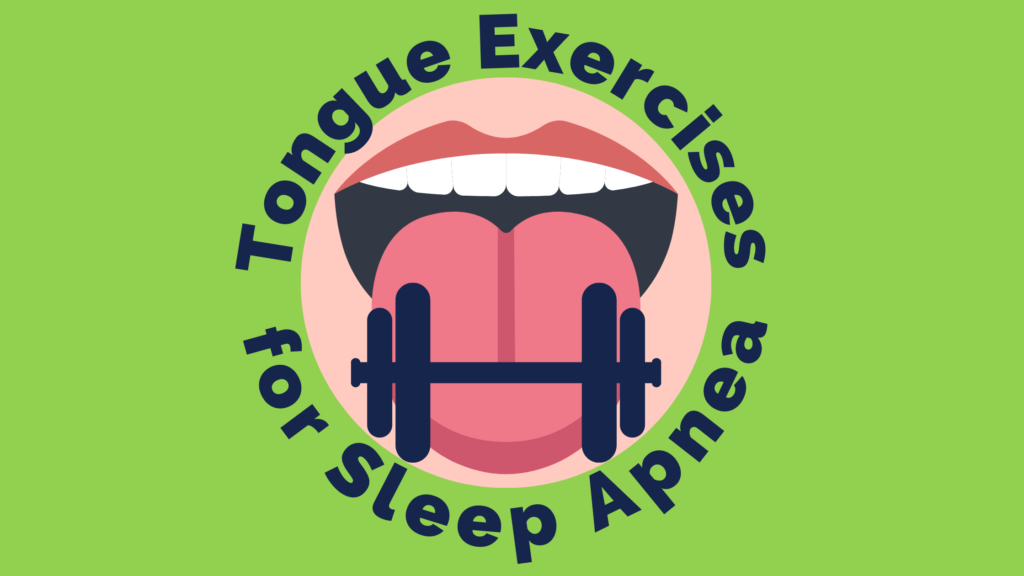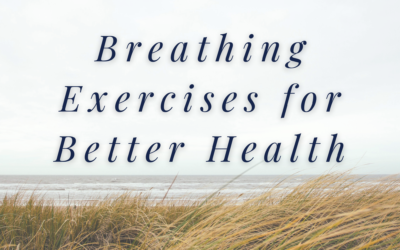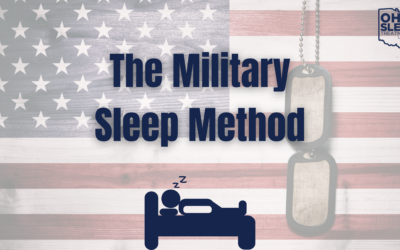Tongue Exercises for Sleep Apnea
Everyone always talks about the importance of exercise when it comes to our health. It’s important that we exercise not only our heart with cardiovascular exercise but also our muscles with weight training. However, I’m not talking about bulging biceps in this blog. We are here to talk about the only muscle that isn’t attached to the skeletal system. The muscle that dentists are most familiar with… the tongue. In this installment, we learn about tongue exercises and sleep apnea!
The tongue is certainly the largest muscle in your mouth and it doesn’t just give you all your tasting sensations. It can play a major role in your airway during sleep. The tongue along with other soft tissues in your throat and mouth cause obstruction of the airway and contribute to Obstructive Sleep Apnea. The most common and well-known treatments for sleep apnea are CPAP and Oral Appliance. However, there has been research showing that exercising our tongues leads to decreased apnea events in the night.
Did you know that you could exercise your tongue? Well, you can! It is a muscle after all and strengthening it can help prevent it from collapsing into your airway at night. Research shows that if you do these exercises for 15-30 minutes daily you can decrease your apneas by 50%! That’s a marked improvement in breathing for the night. Give these exercises a try and you might just see gains in more than your biceps, you’ll see them in your Z’s too!
Tongue Exercises for Sleep Apnea
1) Click Noise Exercises
- Start with your tongue on the roof of your mouth and move quickly down to make the ‘clicking’ noise. Repeat for 30 seconds.
2) The Cheek Push
- Wash your hands and then insert your right index finger into your mouth, pressing the inside of your finger against the length of your left cheek. Engage your cheek muscle and return the pressure against your finger. Repeat 10 times. Switch sides repeat 10 times.
3) Tongue Carpet
- Place tip of tongue on the gumline of your lower teeth and then push as much of the rest of your tongue against the bottom of your mouth. Repeat 10 times
4) The Roof Smoosh
- Place tip of tongue on the gumline of your upper teeth and put as much of the rest of the tongue against the roof of the mouth. Repeat 10 times.
5) The Tongue Slide
- Place tip of tongue on the gumline of your teeth and run tip of tongue along the roof of the mouth to the back or your throat and then back to the front again. Repeat 10 times.
6) Chin Touch
- Stick your tongue out as far as you can and try and touch your chin. Repeat 10 times.
7) Nose Touch
- Stick your tongue out as far as you can and try and touch your nose. Repeat 10 times.
8) Push Tongue Left and Right
- Stick out your tongue and move it as far as you can to the left and hold for 10 seconds, then relax. Repeat 10 times. Repeat for right side.
9) Roll Tongue
- Roll your tongue by folding the edges toward the middle lengthwise, so it looks like the end of a taco shell. Stick it out as far as you can while keeping it folded and hold for 10 seconds, then relax. Repeat 10 times.
10) Hold a Spoon
- Place the handle of a metal spoon between your lips and hold it in place with only your lips for 10 seconds. Do not place the handle between your teeth. Try to keep it parallel to the floor. As your strength improves, you can place other small objects on the spoon for added weight (i.e., sugar cube). Repeat 10 times.
Are you a visual learner? Check out Ohio Sleep Treatment’s Sleep Case and Practice Manager, Katie, demonstrate 5 of these exercises via the video below:

If you have a diagnosis of sleep apnea it is best to talk to your doctor about the therapy before starting the regimen. Your primary care or sleep doctor can advise on the best therapy options for you.
And if you enjoyed today’s article, be sure to visit our blog for more fun and educational content! You can also check out all “sleep aid” related articles geared towards providing useful tools for a better night’s sleep! Lastly, you can also take our “sleep quiz” to see if you suffer from excessive daytime sleepiness (EDS). EDS is a common symptom of obstructive sleep apnea.
Questions? Give our clinic a call at 614-396-8286 or click here to contact us online!



Great article about Tongue Exercises. As with any routine, consistency is the secret to the best results. The more you practice your Face Yoga exercises, the better your results. If you want to learn more about Face Yoga exercises then visit faceyoga.com
Thank you for sharing, Danial! We are thrilled you enjoyed and will be sure to check out your recommendation!